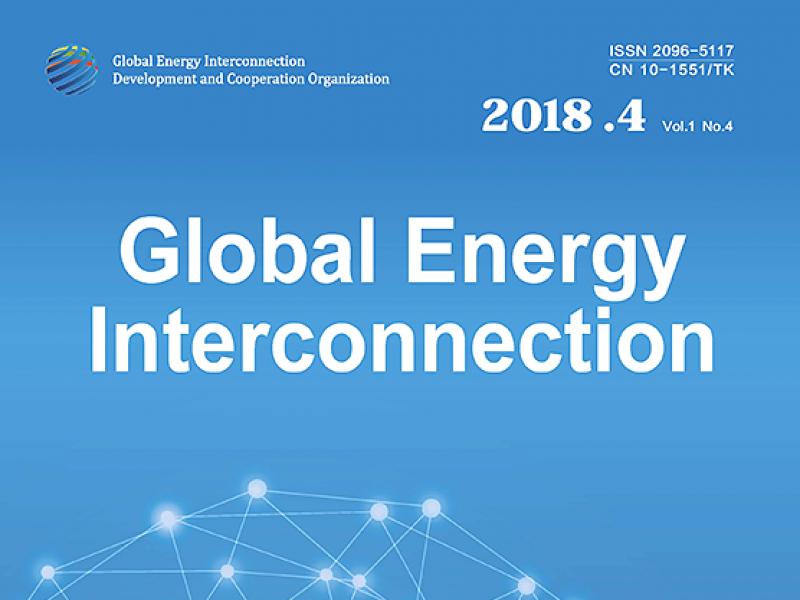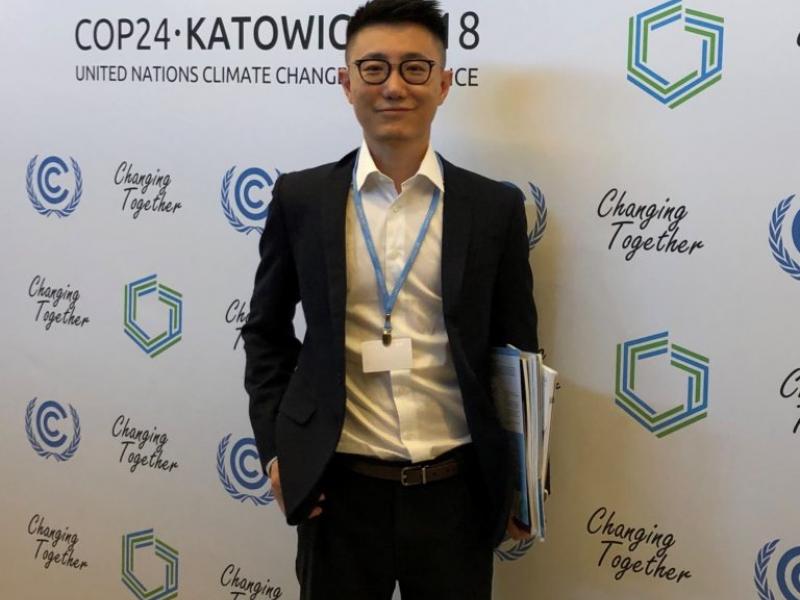Power system decarbonisation with Global Energy Interconnection – a case study on the economic viability of international transmission network in Australasia

The electric energy system in Indonesia is undergoing with the challenges of fast-increasing electricity demand, carbon constraints, and rising costs.
Using our model of the Australian and Indonesian electrical grids (either separately or interconnected) that incorporates operational flexibility in capacity expansion planning, we first show that meeting the projected demand for Java and Bali—the main Indonesian grid, with 100% locally integrated renewables by 2050 would be challenging. However, a submarine high-voltage DC (HVDC) link connecting Indonesia’s Java-Bali power grid to the Australian National Electricity Market (NEM) grid through the Northern Territory would help alleviate this situation, given Australia’s abundant renewable energy resources. Then, our model reveals that the Australian NEM could also profit from additional renewables if connected to the Northern Territory through a ground HVDC transmission line to gather intermittent wind and solar generation, which would be curtailed otherwise if unused by Indonesia through the submarine link. Despite the expensiveness of long HVDC links, the wholesale electricity cost of the integrated 100% renewable Australasia power system could be reduced by over 16%, from $AUD177/MWh with only local renewables to $AUD148/MWh with integrated HVDC transmission. The model retrieved the optimal international HVDC link with capacity of 43.8 GW, and the optimal regional HVDC transmission line with a capacity of 5.5 GW.
To the best of our knowledge, this is the first detailed model on power system decarbonisation planning for both Australian NEM and Indonesian Java-Bali power grid considering HVDC interconnections.



